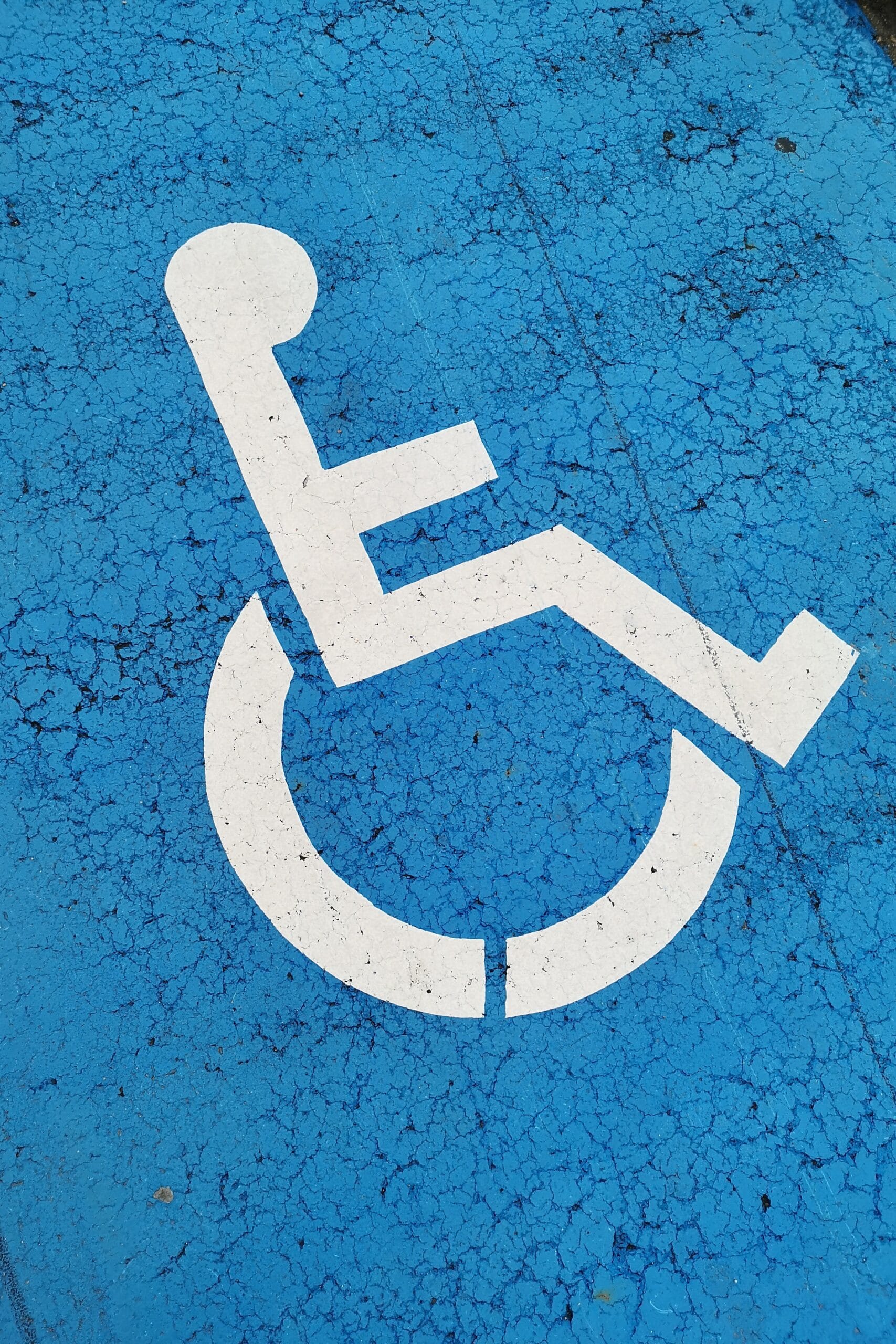
How to Apply for the Disability Tax Credit Certificate
We previously explained what the Disability Tax Credit was in our blog post found here. This blog post will explore how to apply for the credit.
How to Apply for the Disability Tax Credit Certificate
When applying, you must fill out and submit form T2201 (Disability tax credit certificate) to the CRA. The individual applying would fill in Part A, and Part B must be filled out by your medical practitioner. Medical practitioners for the purpose of this application include:
- Audiologists;
- Medical doctors;
- Nurse practitioners;
- Occupational therapists;
- Optometrists;
- Physiotherapists;
- Psychologists; and
- Speech-language pathologists.
What are the Eligibility Requirements for the Disability Tax Credit Certificate?
The eligible impairments for the DTC include areas such as:
- Vision;
- Speaking;
- Hearing;
- Walking;
- Eliminating (bowel and bladder functions);
- Feeding;
- Dressing; and
- Mental functions necessary for everyday life.
As mentioned, the disability must be severe and prolonged, and must result in a marked restriction. The CRA defines a marked restriction as one that, “even with appropriate therapy, devices, and medication, the individual is unable or takes an inordinate amount of time to perform activities or functions in one of the listed categories, and this is the case all or substantially all of the time”. The above-mentioned criteria does not apply to vision or life-sustaining therapy as they have their own conditions which are outlined by the CRA.
The CRA also defines prolonged to mean either the disability has lasted for 12 months continuously, or it is expected to last 12 months or more continuously.
What Happens Once the Form is Submitted?
The CRA will review all applications thoroughly before denying or accepting the claim. Their decision will be based on the information given by the medical practitioner. If your application is accepted, you will receive a notice of determination which will show which years you are eligible for the DTC. If you are denied, you will still receive a notice of determination and it will explain why the application was denied. If you disagree with the decision to deny your request, you can submit an objection to your local tax center.
Overall, knowing how to navigate the CRA application process will make submitting your claim much easier, and will increase the likelihood of its success. If you have any questions or need any assistance regarding disability tax credits, or any tax matter, please feel free to contact us today!
**Disclaimer
This article provides information of a general nature only. It does not provide legal advice nor can it or should it be relied upon. All tax situations are specific to their facts and will differ from the situations in this article. If you have specific legal questions you should consult a lawyer.

